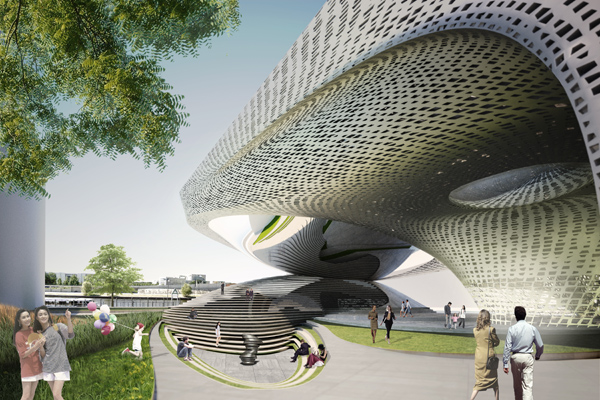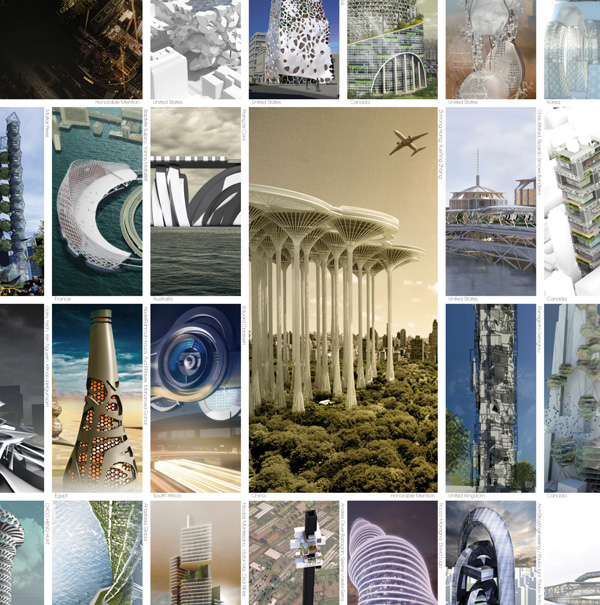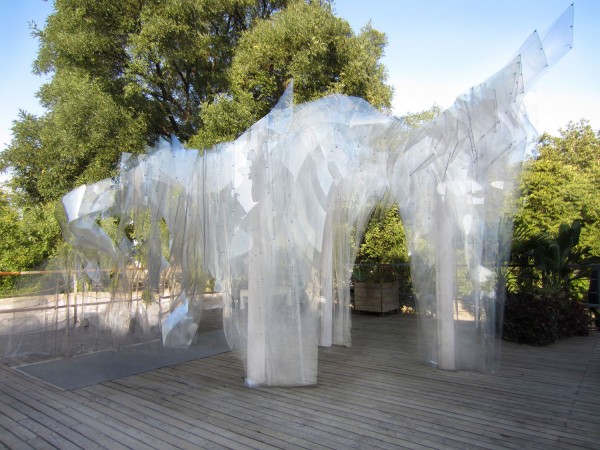
Over the last decade or so we have heard the buzz of parametric design and experimented with the physical possibilities that come with digital fabrication. There is no question that our primary push forward lies in research labs and institutes synthesizing new materials and scripting new algorithms for generative or morphogenetic design. We have dipped our feet into the sea of what digital architecture can be, but we are still in the experimental phase. Currently, monumental architecture is left to the big named-architects, leaving the rest of the world’s architecture firms in shy efforts to making such bold moves. However, like most other cases in history, technological innovation plays a part in leveling the playing field. Some have understood the key ingredient to making the wildest schematic designs a constructed reality: innovative technological thinking.
Frank Gehry amazed the world with his Guggenheim Museum Bilbao. When there was no software that could translate his gestural drawings to a 3D model, he figured out a way. The solution came as a 3D modeling software called Digital Project, which contributed to the birth of Gehry Technologies, a company with bestselling project delivery service. In only 10 years since their establishment, Gehry Technologies has already assisted some of the world’s most complex architecture projects through various consulting and modeling services as well as licensing Digital Project to other teams. An alternative to ArchiCad, Microstation, and Revit, Digital Project (based on CATIA from Dassault Systemes) is widely favored for its design-to-fabrication feature and complex parametric modeling tools. Digital Project has been instrumental in assisting engineering and production management of some recently popular projects like the Soumaya Museum in Mexico City, Beijing National Stadium, and Louvre Abu Dhabi. With the mission to “provide the most cutting edge technology, improve the spirit of collaboration, and support the realization of inspirational work for the build environment” Gehry Technologies has gained a reputation for embarking on monumental projects all over the world. Now with a decade of experience leading and assisting large-scale construction projects, Gehry Technologies addresses an issue that has for a long time been a project of its own to handle in the construction process: project collaboration. Read the rest of this entry »


























